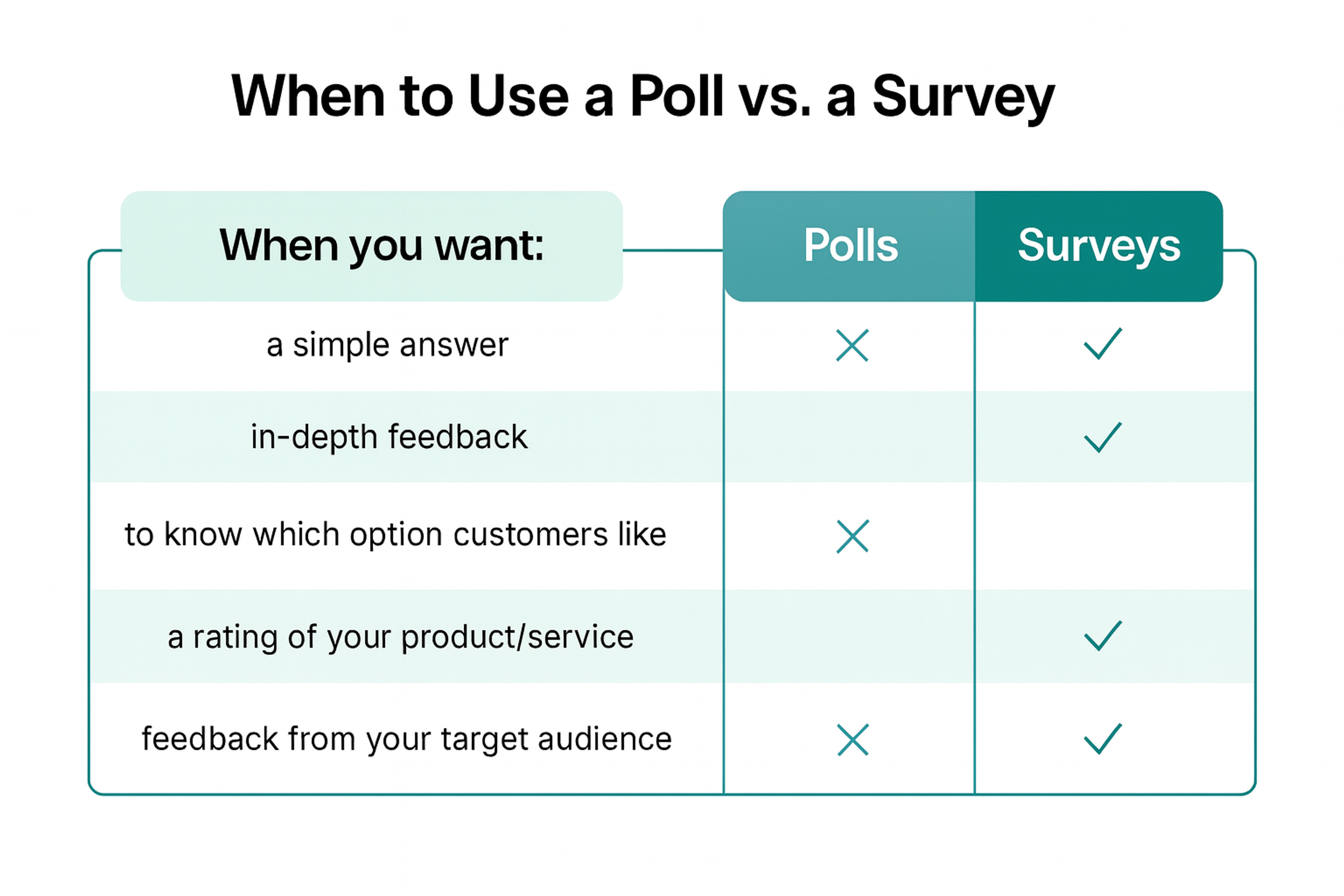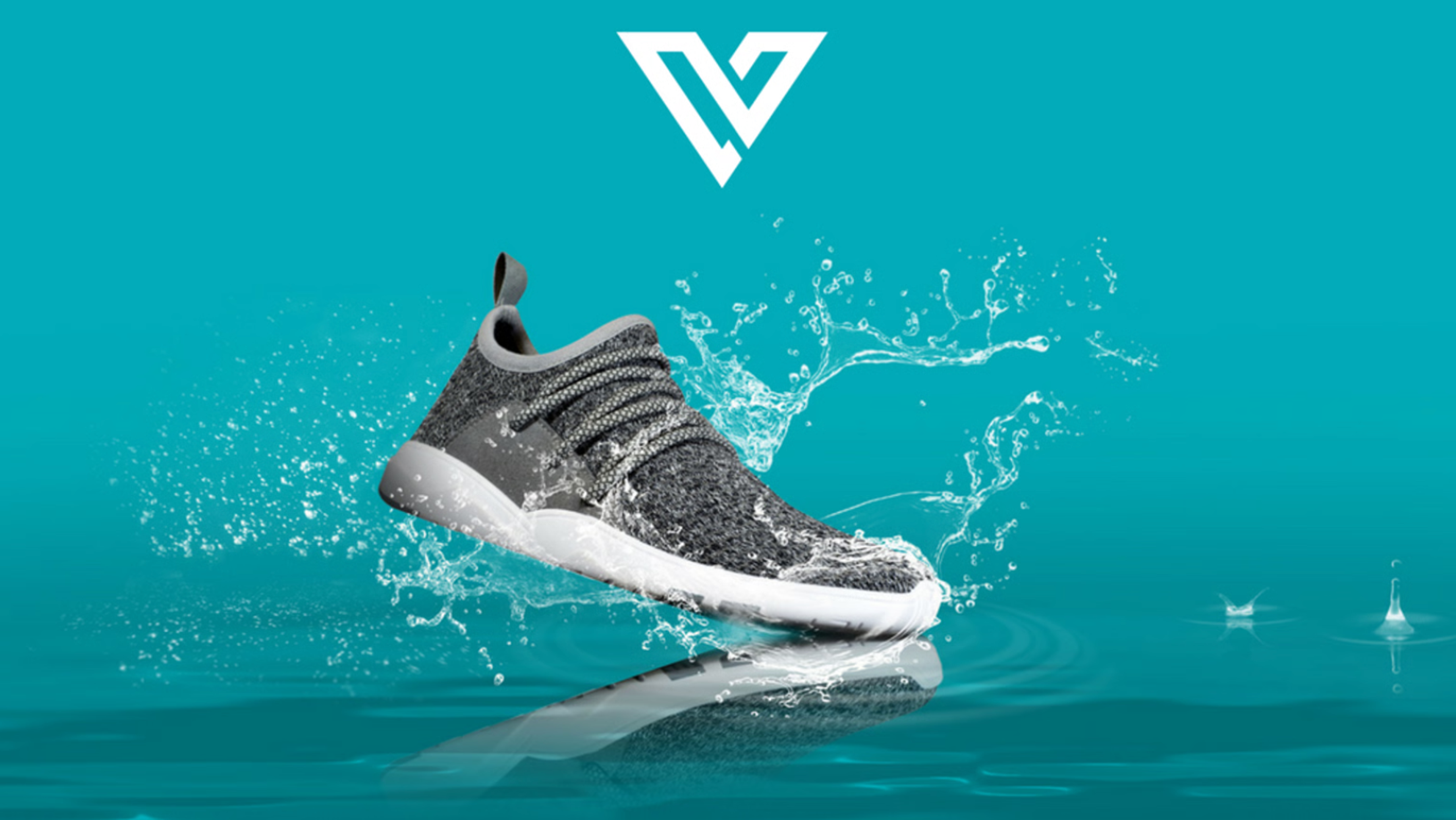Definition of Brand Recognition
The concept of “brand recognition” refers to how easily the target audience can identify a specific company when they look at or hear anything regarding it.
For instance, if you can recognize the particular company’s logo on TV or radio, there would be no need to discuss this topic further. The brands and companies that are frequently recognized as such are trusted more by consumers.
The Importance of Brand Recognition
Brand recognition has always played a powerful role in business success. It builds familiarity, sets you apart from competitors, and helps drive repeat purchases that ultimately boost sales.
When customers instantly recognize your name, the hard part is done — you’ve created a brand legacy. That moment of recognition sparks emotional attachment, building loyalty and turning casual buyers into long-term supporters.
Brand Recognition Importance

Strong brand recognition also encourages word-of-mouth. When people have a positive experience, they tend to share it with others. As a result, new customers often hear about your brand through friends, family, or colleagues. This natural spread of awareness strengthens your presence in the market and opens the door to increased sales and growth across new audiences.
Standing out becomes even more important during economic downturns. When options are limited, and spending slows, familiar brands often come to mind first. If your brand is top-of-mind when customers make tough choices, you create lasting connections that can weather even the most uncertain times.
Over time, recognition turns into something more valuable — trust. As people become more familiar with your brand, they not only remember it but also begin to believe in its worth. That reputation can justify premium pricing, support higher revenue, and help you maintain a loyal customer base that sees your brand as more than just a name but as a trusted symbol of quality.
Brand Recognition vs. Brand Awareness: Is There a Difference?
Brand recognition and brand awareness are often used as if they mean the same thing, but they serve different purposes.
Brand awareness is about introducing your product or company to the world. It ensures that people know your brand exists, even if they haven’t seen an ad or interacted with it directly. At its core, it’s about visibility and familiarity.
Brand recognition, on the other hand, goes a step further. It’s about whether people can identify your brand instantly — by your logo, name, packaging, or even a specific color or sound. More importantly, it aims to create an emotional connection. When customers recognize your brand and associate it with a feeling or memory, that recognition turns into loyalty.
In short, brand awareness opens the door, but brand recognition builds the bond.
Brand Awareness vs. Brand Recognition

Brand Recognition vs. Brand Perception
The key distinction lies in how brand recognition and brand perception function in the mind of the consumer.
Brand recognition is about familiarity — the ability to connect a name, logo, or symbol with a specific brand. Even if the details are limited, consumers often associate certain visual or auditory cues with a brand they already know.
Brand perception, however, runs deeper. It reflects how customers feel about a company and what they believe it stands for. Their opinions are shaped by personal experiences, marketing messages, reviews, and the values the brand represents.
When it comes time to make a purchase, those feelings often play a bigger role than logic. The decision is influenced by the emotional responses tied to the qualities people associate with the brand, whether it’s trust, innovation, quality, or something else entirely.
Brand Recognition vs. Brand Identity
Technically speaking, brand recognition and brand identity are different concepts. Brand recognition is when customers find it easy to know or distinguish a brand. On the other hand, brand identity refers to how a product presents itself to its target audience or market.
Elements such as slogans and taglines that help customers easily recognize brands form part of brand identity. Creating a powerful brand identity leads to emotional attachment and client loyalty toward one particular trademark.
For instance, CafePay’s brand identity is meticulously crafted to ensure strong brand recognition. We created the custom serif logotype and clock-inspired logomark, which are unique and easily distinguishable, enhancing the brand’s visibility in the payroll management sector.
This strong visual identity helps foster emotional connections and loyalty among its target audience by clearly communicating its core values of reliability and precision.
CafePay Identity by Clay
Five Stages of Brand Recognition
In summary, all these stages combined contribute to successful brand recognition in any firm, namely;
1.
Brand Awareness, which means whenever you hear or see its name, you can quickly identify it.2.
Brand Recall which means that when a customer thinks about brands they have heard or seen before.3.
Brand Preference is where people will choose one company over another, probably due to their personal preferences.4.
Brand Loyalty is where consumers will repeatedly buy from a certain company, and some of them may even become advocates for it.5.
Brand Advocacy occurs when satisfied customers pass on recommendations through word-of-mouth or social media.
5 Stages of Brand Recognition

Elements Contributing to Brand Recognition
Brand recognition is a multifaceted concept that involves various elements working together to create a lasting impression on consumers. Some of the key elements contributing to brand recognition include:
- Logo Design
- Color Palette
- Typography
- Brand Voice and Messaging
- Taglines and Slogans
- Packaging Design
- Brand Story and Values
- Consistency Across Channels
- Customer Experience
Strategies for Successful Brand Recognition
Building an effective business strategy requires strong brand recognition. With many ways to improve your public image, selecting the most suitable ones is important in developing your corporate style. Brand recognition enhancement involves choosing the right mix of tactics that work for your specific audience and industry.
Create Memorable Logos, Slogans, and Visuals
For others, having noticeable visual design or visual elements related to these lines indicates that this belongs to you. A strong visual identity enhances brand recognition and helps customers remember you. When you establish aesthetic principles, you create a foundation that guides all your design decisions.
Visual Design Elements by Clay

Brand recognition techniques that focus on visual elements work because people remember what they see. Your logo, colors, and fonts should be consistent across everything you create. This consistency enhances brand recognition over time.
Focus On Customer Service
The best way of improving publicity around a trademark involves providing excellent services. If clients have had good encounters with those products being provided by such sellers, there is a high chance that they will not forget them soon enough.
Great customer service is one of the most powerful brand recognition strategies because satisfied customers tell others about their positive experiences.
Good service creates emotional connections with your brand. These connections make your brand recognition strategy more effective because people trust brands that treat them well.
Establish Relationships with Influencers
Another way information about your products’ existence could be spread is by engaging famous influencers who operate online content platforms.
You can reach out to certain celebrities who align well with the values associated with your own brands; they will assist in raising awareness about your product.
Influencer partnerships are effective brand recognition techniques because they put your brand in front of new audiences. When an influencer recommends your brand, it enhances brand recognition among their followers.
Utilize Digital Media
Creating brand recognition involves content generation and the application of digital media platforms. This means you could share blog posts, videos, or infographics on social media pages or any other site.
A multi-platform presence is important for a brand's building and recognition since it helps spread information about a specific brand and creates rapport with consumers.
Additionally, digital media becomes useful in bringing enthusiastic clients together while increasing the chances of being seen at numerous places where it is displayed. Social media posts can also help link individuals to brands during conversations between company personnel and customers.
These digital brand recognition strategies work because they meet customers where they already spend their time.
Connect with Your Target Audience
By going directly to your customer base, you can make them recognize your branding if they know who you are or what products/services they need.
Understanding their motivation (what drives them–needs, desires, expectations, challenges) will enable you to create attractive content that suits these interests, hence promoting brand loyalty. This promotes brand loyalty and enhances brand recognition among the people who matter most to your business.
When you know what drives your customers, you can develop brand recognition techniques that speak directly to their needs and desires. This targeted approach makes your brand recognition strategy more effective.
Leverage Brand Ambassadors
Using a brand ambassador, or corporate communications, is another useful marketing tool for increasing brand recognition.
These people promote your brand or company's products, and they often have some link with the promoted brand and hence know much about it or them. They will lead you into new markets by promoting your brand and message.
Brand ambassadors are powerful because they provide authentic recommendations. This authenticity enhances brand recognition and builds trust with potential customers.
Brand recognition strategies that include ambassadors often see better results because people trust personal recommendations.
Participate In Events
Another way of building awareness and enhancing brand identity is by being involved in events. This allows one to communicate directly with customers, build high levels of awareness, and create relationships with potential buyers.
Attending industry-related events can be effective because you meet the individuals that make up your target market, thus making it easier for them to recognize your brand.
Event participation is one of the most direct brand recognition techniques available. Face-to-face interactions create stronger memories and connections than digital interactions alone. When you establish aesthetic principles for your event displays and materials, you create consistent brand experiences that people remember.
How to Measure Brand Recognition
Surveys and Polls
You must determine how well your brand recognition enhancement efforts are working by measuring familiarity among consumers. A good method involves using questionnaires carried out online or with paper copies. These can be sent to clients, given to random samples, or shared with employees based on their past interactions with your company.
After people fill out these forms, you can analyze their responses in different ways. This includes capturing their opinions about your organization's general image and the products and services you offer. Surveys help you understand how well your brand recognition strategy is working.
Surveys may also reveal people's knowledge of your specific product lines compared to those provided by competitors. This information helps you adjust your brand recognition techniques to be more effective.
When to Use Poll vs. Survey

Online Searches
One way to measure recognition involves checking Google to see if many internet users search for your brand while browsing websites. This suggests whether your brand stays top-of-mind when people need products or services like yours.
Are customers searching for your brand online? This might indicate potential growth or show that your current offerings need changes. You should use Google Analytics and other tools to measure your brand's recognition level. These tools help track website visits and conversions.
Monitoring online searches helps organizations maintain a strong brand presence that competitors cannot easily overshadow. This data shows whether your brand recognition strategies are reaching people effectively.
Social Media Metrics
Brand recognition can be measured using social media metrics as well. You can analyze what people think about your brand by following mentions of your company and products on social networks. Brand recognition enhancement efforts often show results first on social media platforms.
Social media platforms have become powerful tools for promoting different products in the modern world. These metrics tell whether your brand recognition techniques are working well. You can modify them if needed based on the feedback you receive.
It's important to create engaging content through social media conversations over time. This ongoing engagement enhances brand recognition and keeps your brand visible to your audience. When you establish aesthetic principles for your social media presence, you create a consistent look that people learn to recognize across different platforms.
Sales
The number one means of measuring brand awareness is changing sales. For instance, when products or services do not sell out, it implies that the brand is not working. Sales data may be used in several ways to track brand awareness.
When a corporation increases its advertising budget, this becomes synonymous with increased interest in knowing how good brands are performing; on the other hand, others would rather rely on profits to gauge success levels. Hence, more sales mean a company sells more products/services than any other business in this sector.
In comparison, fewer sales imply a lesser market share owned by that particular firm than other industry players within this category. Firms can evaluate marketing campaigns from these changes in sales volume over time, such as if there were spikes or dips during certain promotions, among many other situations.
Another way firms benchmark themselves against their rivals from similar industries is by comparing their revenue figures with those generated by competitors. Thus, purchase stats can help companies ensure visibility and attractiveness of brands amongst buyers.
Role of Customer Satisfaction
Customer satisfaction plays a crucial role in developing brand loyalty and, ultimately, in building strong brand recognition. When customers are satisfied with their experience of a particular brand, they are more likely to become loyal to that brand and continue purchasing from it in the future.
Customer Satisfaction Research

This is because customer satisfaction goes beyond just meeting basic needs or providing good quality products or services. It also involves creating a positive emotional connection between the customer and the brand. When customers feel valued, understood, and taken care of by a brand, they are more likely to develop a sense of loyalty towards it.
Moreover, satisfied customers are more likely to share their positive experiences with others, whether through word-of-mouth recommendations or on social media platforms. This can greatly contribute to building strong brand recognition as it creates a positive perception of the brand in the minds of potential customers.
On the other hand, failing to meet customer expectations and provide satisfactory experiences can lead to negative reviews and feedback, which can significantly harm a brand's reputation. This is why it is crucial for businesses to prioritize customer satisfaction in their overall branding strategy.
Top Brand Recognition Examples
These five brands have earned recognition in unique, meaningful ways, each standing out in its own niche by doing things a little differently:
Vessi
Vessi isn’t just about shoes — it’s about making sure your feet stay dry while looking stylish. This brand's commitment to sustainability makes it special, with shoes made from algae-based foam and recycled materials. Their waterproof yet breathable footwear is perfect for those who care about the planet and want something functional and eco-friendly. Vessi has built a loyal community of customers who love their practical yet stylish designs.
Source: Kickstarter

Drunk Elephant
Drunk Elephant has made a big splash in the skincare world by focusing on clean ingredients that actually work. Their entire line is free from parabens and sulfates, and they’re transparent about what’s in their products. This honesty, combined with fun packaging and effective skincare solutions, has made them a favorite among beauty enthusiasts. They’ve found a way to make luxury skincare feel personal, accessible, and fresh.
Beekman 1802
Imagine leaving the hustle of the city behind to start a farm. That’s exactly what the founders of Beekman 1802 did, and this down-to-earth story resonates with their customers. Their goat milk-based skincare line feels natural, high-quality, and authentic. Beekman 1802 isn’t just a skincare brand. It reflects a simpler, more sustainable lifestyle, earning them a dedicated following of people who value quality ingredients and a good backstory.
Oatly
Oatly has become the poster child for oat milk, but what really sets them apart is their sense of humor and boldness. Their marketing is cheeky, their packaging is eye-catching, and their commitment to sustainability is strong. It’s clear they’re not just selling a product — they’re selling a lifestyle. Oatly’s playful approach and transparency have helped them create a brand that feels both fun and serious about positively impacting the environment.
Source: The Organic & Non-GMO Report

Sweetgreen
Sweetgreen has taken healthy eating to a whole new level. The fast-casual chain offers salads and bowls made with locally sourced, fresh ingredients, and it’s not just focused on the food. It’s built a brand that’s rooted in community, sustainability, and a commitment to supporting local farmers. Sweetgreen feels like more than just a meal — it’s a movement towards healthier, more mindful eating, and that has really resonated with its customers.
Read More
Conclusion
In conclusion, creating successful businesses and brands largely depends on making them so target audience who know them do not need to tell who they are.
It provides a good platform for business since it breeds loyalty and promotes open conversation by making one feel safe enough to freely express their opinions about different products and services sold online at lower prices than in physical shops.
By understanding and effectively tracking brand recognition, firms can stay ahead of the competition and ensure that their brands remain popular and visible.


About Clay
Clay is a UI/UX design & branding agency in San Francisco. We team up with startups and leading brands to create transformative digital experience. Clients: Facebook, Slack, Google, Amazon, Credit Karma, Zenefits, etc.
Learn more

About Clay
Clay is a UI/UX design & branding agency in San Francisco. We team up with startups and leading brands to create transformative digital experience. Clients: Facebook, Slack, Google, Amazon, Credit Karma, Zenefits, etc.
Learn more


